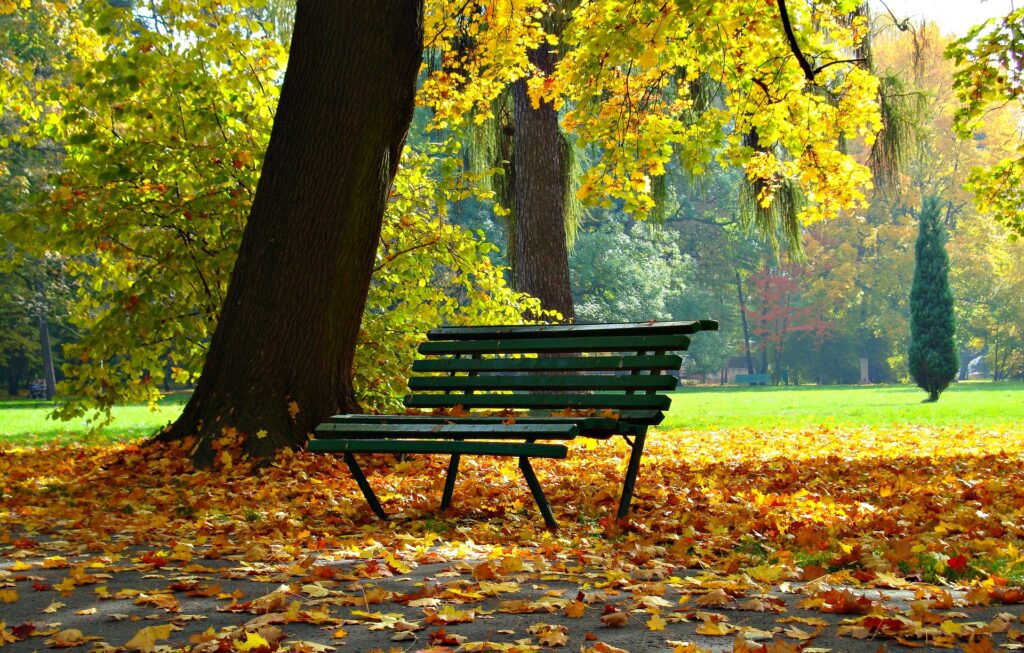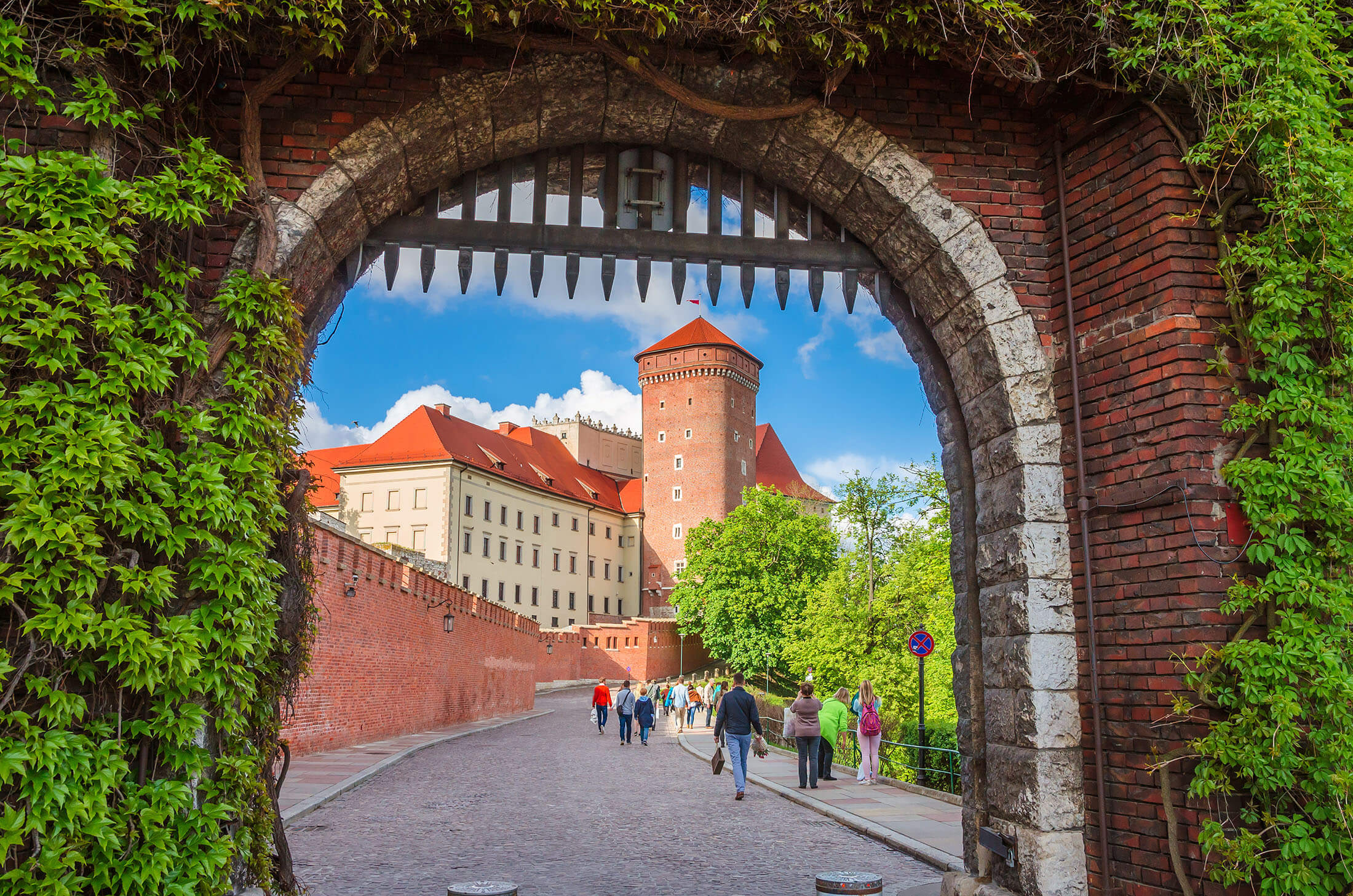Ta strona korzysta z ciasteczek, aby zapewnić Ci najlepszą możliwą obsługę. Informacje o ciasteczkach są przechowywane w przeglądarce i wykonują funkcje takie jak rozpoznawanie Cię po powrocie na naszą stronę internetową i pomaganie naszemu zespołowi w zrozumieniu, które sekcje witryny są dla Ciebie najbardziej interesujące i przydatne.
Polish works of art
that you should know!
15 Wrz | 2021
Autumn is perfect for... taking a walk at the museum! We would like to present you some of the Polish artworks which we believe everyone who learns Polish language should know!

Battle of Grunwald

Jan Matejko was from Cracow and became famous for his paintings portraying evocations of tragic and glorious episodes of Polish history. „Battle of Grunwald” (Polish: Bitwa pod Grunwaldem) refers to one of the greatest medieval battles which took place on 15 July 1420 in Grunwald (a date that every Pole remembers :)). On that day Polish-Lithuanian alliance led by Władysław Jagiełło defeated the Teutonic Knights commanded by Grand Master Ulrich von Junginen.
The painting is spectacular – it measures 426 cm × 987 cm!
Mehoffer’s Strange Garden

Józef Mehoffer was a student of Matejko (together with Malczewski and Wyspiański about whom you will hear later). He is considered to be one of the most prominent artists of the period called Young Poland. Between 1902 and 1903 Mehoffer painted „Strange Garden” (Polish: Dziwny Ogród) which presents his little son, wife and servant during the walk in the garden full of flowers and fruit trees. This idyllic scene is disrupted by… a huge dragonfly flying over their heads!
The Mehoffer House, which is currently one of the branches of the National Museum, is located on Krupnicza 26 in Kraków. In 1869 Stanisław Wyspiański was born in this house. Visitors have chance not only to see the paintings by Mehoffer, but also to take a walk in the beautiful garden. There is also a nice cafe where we often go to have a cup of coffee with our students!
Polish Hamlet by Malczewski

Jacek Malczewski is often referred to as a master of Polish symbolism. In the painting „Polish Hamlet. Portrait of Aleksander Wielopolski” (Polish: Hamlet Polski. Portret Aleksandra Wielopolskiego) the artist comes up with two allegorical visions of the fate of Poland which are represented by two women. One of them is old, bone-tired and enslaved. The other one is her total contradiction – she is young, irrepressible and free. She symbolises „young Poland” ready to fight for independence.
Girl with a mysterious look

„Girl with Chrysanthemums” (Polish: Dziewczynka z chryzantemami) is a fascinating painting by Olga Boznańska, a representative of Polish modernism. The painting was created in 1894 during Boznańska’s stay in Munich. It is often regarded as ground-breaking in the way of portraying children. The artist resigned from the convention of painting children dressed in elegant clothes and posing in stylish interiors. She gave it a symbolist ambiance and psychological insight.
The painting may be seen in the Gallery of Polish Art of the National Museum in Kraków.
Matherhood seen through the eyes of Wyspiański

Stanisław Wyspiański is another representative of Young Poland. He was a playwright, painter, designer and poet. He created a great number of drawings, sketches and pastels. Wyspiański mainly painted portraits and impressions of cityscapes. He often presented his children in natural situations: while sleeping or being breastfed by their mother. The work „Motherhood” (Polish: Macierzyństwo) from 1905 constitutes one of the examples of this convention.
Wyspiański also designed and made a number of stained glass windows, for example for the Franciscan Church in Kraków.
Frenzy of Exultations

„Frenzy of Excultations” (Polish: Szał Uniesień) is the most famous painting by Władysław Podkowiński. It was painted and exhibited for the first time in 1894 and aroused a lot of sensation and controversy. The artist gained enormous attention and recognition especially after… he had slashed the painting with the knife!
Fortunately, the painting was restored and given to the National Museum in Cracow.
We hope that we managed to encourage you to discover Polish art! Maybe you have your favourites which you would like to add to our list? 🙂
Paintings:
1. Jan Matejko, Battle of Grunwald, 1875-1878, oil on canvas, 426 x 987 cm, National Museum in Warsaw
2. Józef Mehoffer, Strange Garden, 1902-1903, oil on canvas, 217 x 208 cm, National Museum in Warsaw
3. Jacek Malczewski, Polish Hamlet. Portrait of Aleksander Wielopolski, 1903, oil on canvas, 100 x 149 cm, National Museum in Warsaw
4. Olga Boznańska, Girl with Chrysanthemums, 1894, oil on cardboard, 88,5 x 69 cm, National Museum in Kraków
5. Stanisław Wyspiański, Matherhood, 1905, pastel, 58,8cm x 91cm, National Museum in Kraków
6. Władysław Podkowiński, Frenzy of Exultations, 1894, oil on painting, 310 x 270 cm, National Museum in Kraków

Magdalena DeVault
Courses Online

Course Online
- 52 lessons - 2 x 90 min weekly
- 2 x90 min evening classes
- All language levels A1 – C2
Courses at school

Course at School
Intensive 3-week Polish Language Course
- 58 lessons – 3 weeks
- 4 lessons daily
- All language levels
Do You Have Questions?

Justyna Kotlarczyk
Varia Polish Language Center
About Us
Fall In Love With the Polish Language, Krakow and… Varia!
Varia is the most popular Polish language school in Krakow and possibly even in the world. We pour our hearts and souls into everything we do at Varia. We are delighted knowing our students notice and appreciate our efforts.
Meet usExplore Krakow With Varia
Varia Club Card
Sign up for a course and access discounts offered by our partners
Enjoy your benefits

